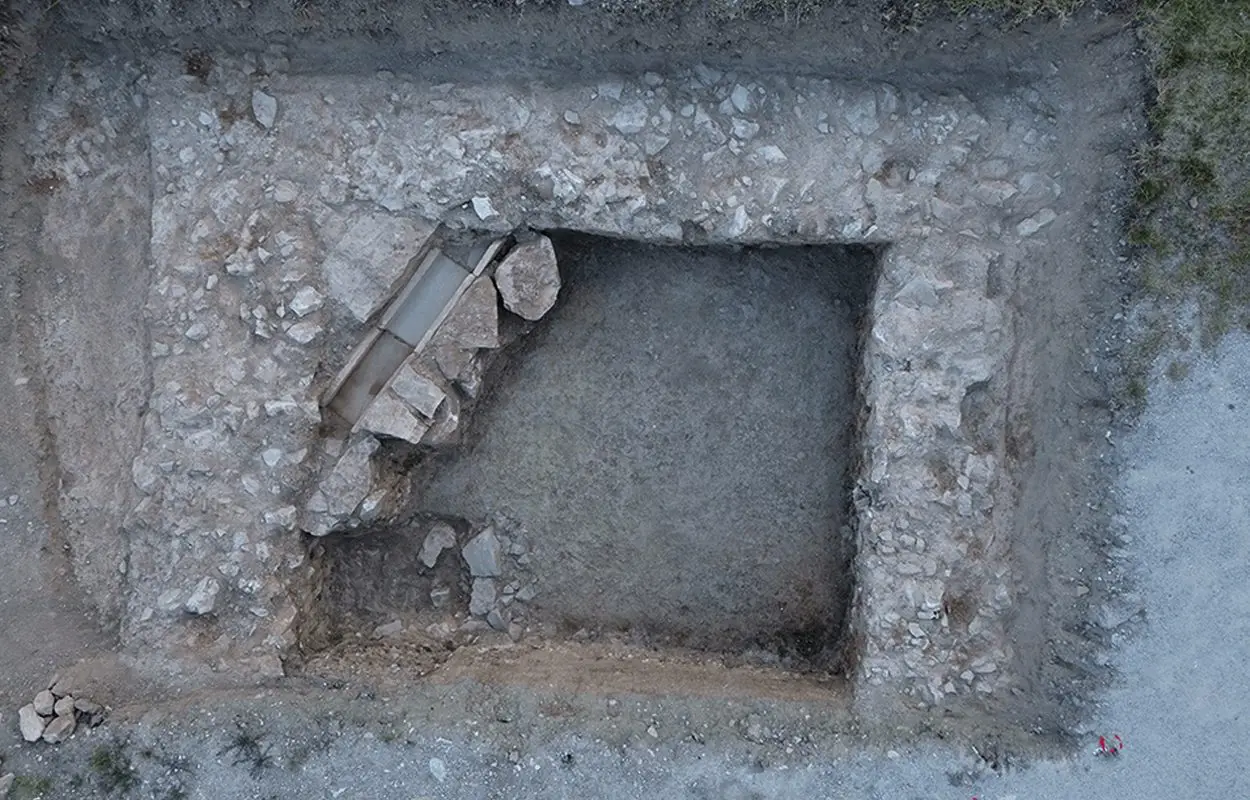Archaeologists from the Saint Louis University have announced the discovery of an Imperial cult temple in Spello, Italy.
Spello was originally inhabited by the Umbri, an Italic people that were conquered by the expanding Roman Republic. The town became a Roman colony during the 1st century BC and was later named Flavia Constans by Constantine the Great.
According to a rescript of a letter written by Constantine from the 4th century AD, the townsfolk of Flavia Constans were granted a religious holiday on condition that they construct a temple to Constantine’s divine ancestors.
Excavations of the temple site have revealed a monumental structure with three large walls dating from Constantine’s reign. According to the researchers, the temple is the largest Imperial cult temple found to date, providing new insights into the social change from pagan gods to Christianity within the Roman Empire.
Professor Douglas Boin from Saint Louis University, said: “It dates to the fourth century AD and it will be a remarkable addition to the landscape of this corner of Italy. It will significantly aid in the understanding of the ancient town, the ancient townscape, and city society in the later Roman Empire because it shows the continuities between the classical pagan world and early Christian Roman world that often get blurred out or written out of the sweeping historical narratives.”
“There was a remarkable religious continuity between the Roman world and the early Christian world,” Boin said. “Things didn’t change overnight. Before our find, we never had a sense that there were actual physical, religious sites associated with this late ‘imperial cult practice.’ But because of the inscription and its reference to a temple, Spello offers a very tantalising potential for a major discovery of an Imperial cult underneath a Christian ruler”, added Professor Boin.
Header Image Credit : Saint Louis University





